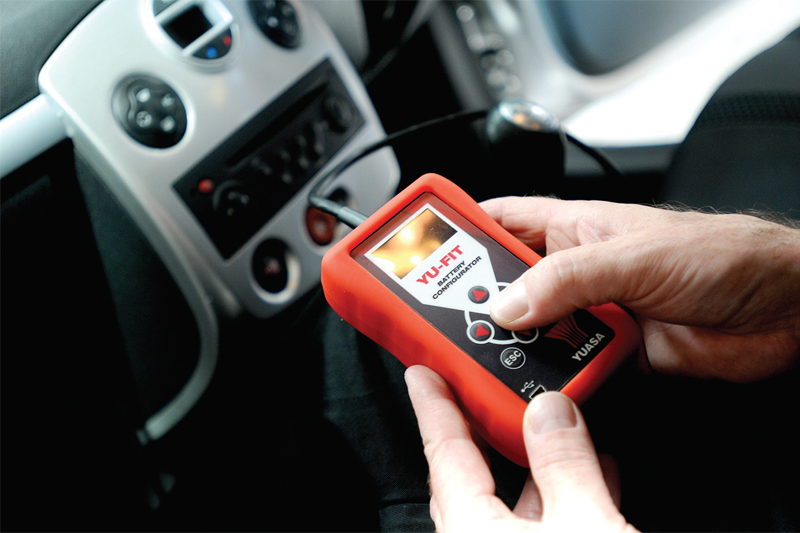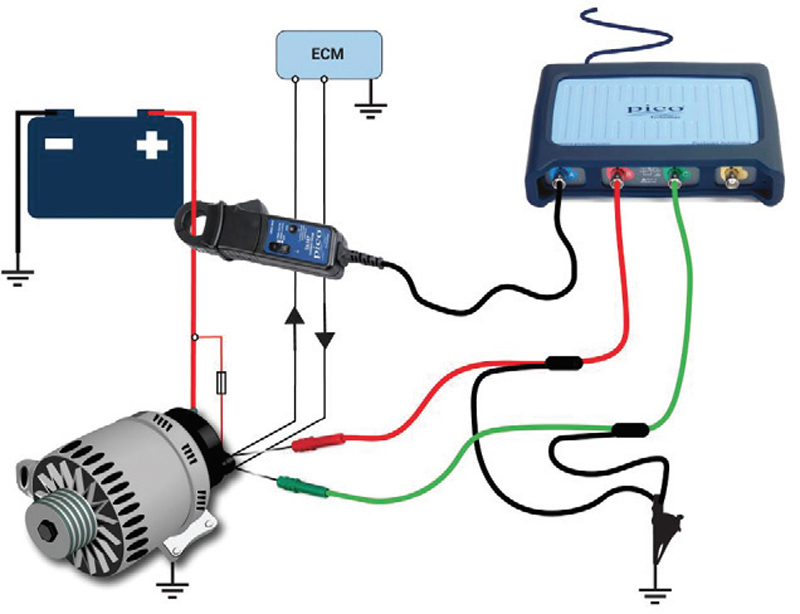
On vehicles with advanced technology such as start-stop, battery replacement can be complex and time consuming. Ian Newham, Training Manager for GS Yuasa Battery Sales UK, explains the key differences that factors should be aware of between these and traditional standard ignition vehicles.
Battery specification
For vehicles with advanced technology, it is essential that the battery is replaced with one of the correct specification. If a vehicle is fitted with an AGM start-stop battery, then the replacement must also be AGM start-stop. The same applies to EFB equipped vehicles. Unlike standard ignition vehicles, it’s not possible to replace the battery with a lower capacity model. Although this would physically fit, it would cause serious problems.
Battery testing
Checking the health of an EFB or AGM battery should be done using a conductance battery tester. It is important to select the EFB or AGM setting on the tester to ensure that the results are accurate.
Battery location
On many new vehicles, the battery is not fitted under the bonnet and locating it can take time. The replacement process can also be extremely time-consuming, with the removal of trim panels and even seats required.

Battery Management System and battery validation
Battery validation is rapidly becoming a mandatory requirement as part of the procedure for battery replacement. Most modern vehicles come fitted with a Battery Management System (BMS). This must be reset through the on-board diagnostics (OBD) port to tell the vehicle when the battery has been replaced.
The BMS monitors the battery throughout its service life to maintain optimum charge efficiency, ensuring the operation of the start-stop system.
Failure to fit the correct battery or reset the BMS can cause serious issues, such as battery failure, in-car error messages, noncritical vehicle system shut down and even complete loss of start-stop functionality.
Most diagnostic platforms within the workshop are equipped with the capability to validate new batteries to vehicles. Alternatively, the Yu-Fit Battery Configurator offers an easy to use handheld solution.

BMS alternator testing
The BMS now features an intelligent alternator. The output of the alternator is based on battery status and vehicle operating conditions. This means that the alternator regulator is now capable of varying the alternator, energising voltage based on the request signals it receives from the BMS. It is also capable of providing a feedback response to the BMS with actual charging data. This means that the alternator output is variable and, in some cases, the BMS can switch the alternator off, which means that the traditional diagnosis of a charging system using a multimeter is no longer possible.
If a vehicle equipped with this system has a suspected battery or charging system fault, to prevent unnecessary alternator replacement, it is essential that accurate charging system diagnosis is carried out using suitable equipment. As it is no longer possible to use traditional methods, checking for the presence and accuracy of the BMS, and alternator request and feedback signals using an oscilloscope to interrogate the system is the only way.







